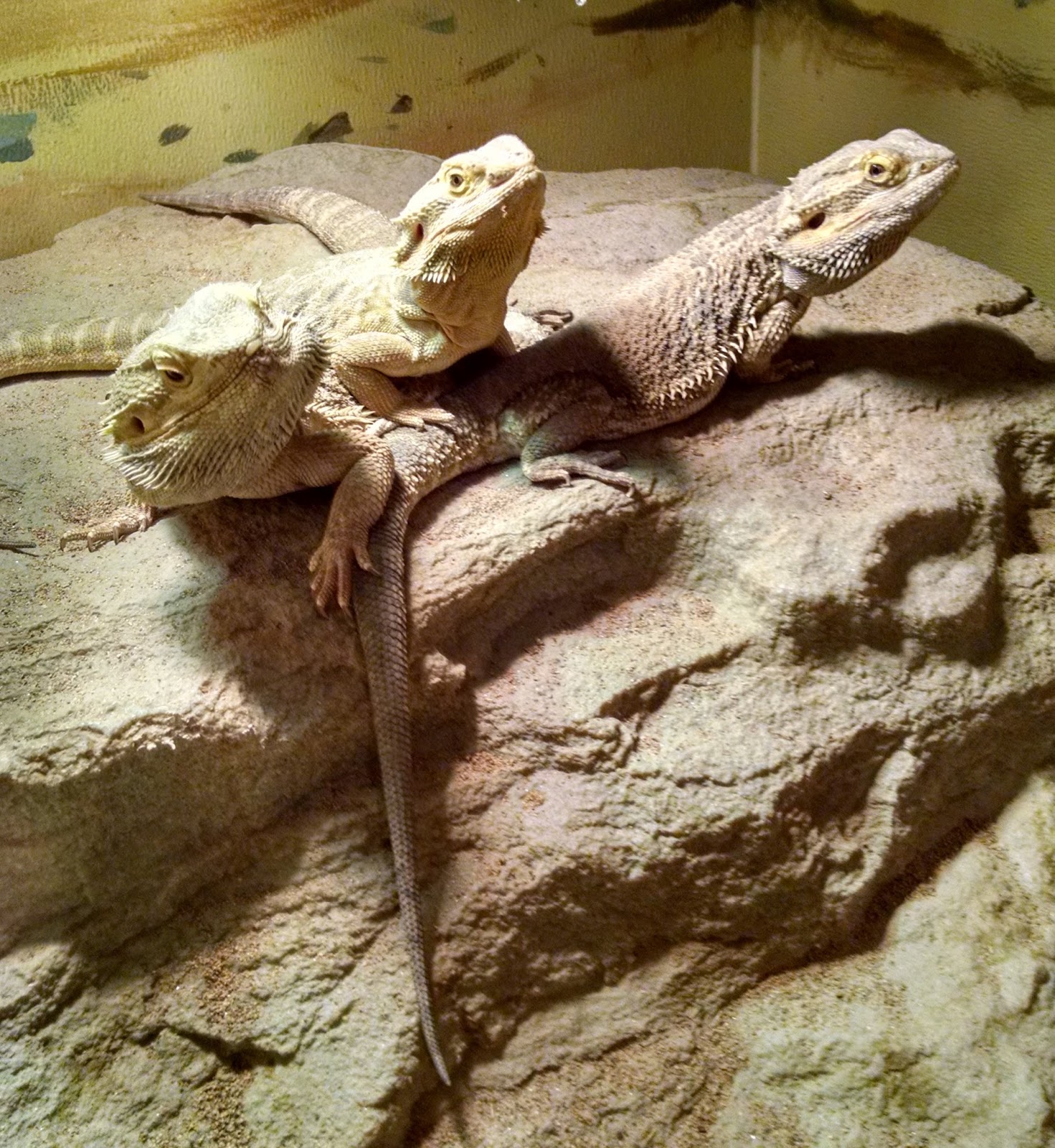Bearded Dragon Eye Bulge: What Does it Mean and How to Treat it?
Bearded Dragon Eye Bulge: What Is It?

Bearded dragons are becoming an increasingly popular pet choice for reptile enthusiasts. They are docile and friendly creatures with interesting personalities. However, just like any other animal, they can fall victim to health problems, and one of the most common issues that bearded dragon owners may encounter is eye bulge. But what exactly is it?
Eye bulge, also known as exophthalmos, refers to the protrusion of one or both eyes beyond their normal position. When you notice that your bearded dragon’s eye is bulging, it’s important to take immediate action because it could indicate a serious problem.
Common Causes of Eye Bulge

Several factors can cause eye bulge in bearded dragons. Some of the most common causes include:
- Infection: bacterial or fungal infections can cause inflammation and swelling around the eye
- Injury: trauma to the head, such as being hit, can lead to exophthalmos
- Impaction: physical obstruction inside the body that can create pressure on the eye
- Gastrointestinal problems: digestive issues that can affect the body’s fluid balance and lead to swelling
- Ocular issues: problems with the eye itself, such as an abscess or tumor
- Vitamin A deficiency: a lack of vitamin A can result in eye problems and bulging
Understanding the underlying reason for your bearded dragon’s eye bulge is crucial before deciding on a course of treatment. The next step is to take your pet to the vet to receive proper medical consultation and guidance.
Symptoms of Eye Bulge

Aside from the bulging of the eye, there are other symptoms that your bearded dragon is experiencing. Here are some of the signs to look out for:
- Swelling in or around the eye
- Watery discharge
- Painful sensitivity to touch or light
- Decreased appetite
- Lethargy
- Lack of mobility
If you notice any of these symptoms in your pet, seek veterinary help as soon as possible. Failure to address health problems promptly can lead to serious consequences that can be detrimental to your pet’s well-being.
Diagnosis and Treatment

When you take your bearded dragon to the vet, you can expect a thorough evaluation of their overall health. The vet will examine the eye carefully to determine the root cause of the bulge. They may also recommend additional tests such as X-rays to help diagnose the underlying problem.
After diagnosing the issue, your vet will recommend the appropriate course of treatment. Depending on the cause, treatment options that may be suggested include:
- Prescription antibiotics or antifungal medication
- Eye drops or ointments
- Surgery to remove an obstruction, abscess, or tumor
- Administering fluids to balance body fluids and prevent dehydration
- Ensuring proper diet and maintaining an adequate diet of vitamin A-rich foods.
It’s essential to stick to the treatment plan prescribed by your veterinarian to ensure a successful recovery. It’s also important to follow up with regular vet visits to monitor your pet’s progress and prevent issues from occurring again.
Prevention

As a bearded dragon owner, it’s important to take steps to prevent eye bulge and other dangerous health issues. Here are some preventative tips for keeping your bearded dragon healthy and avoiding future health issues:
- Create a clean and safe living environment for your bearded dragon
- Ensure your bearded dragon is well-hydrated and having a balanced diet that suits the animal’s nutritional needs
- Monitor your pet regularly for signs of any health issues
- Take your bearded dragon for routine checkups with a qualified veterinarian
- Provide adequate exercise and make time for outdoor activities
By following these steps, you can promote good health for your bearded dragon and reduce the risk of health issues, including eye bulge.
Conclusion
Eye bulge is a serious issue that can impact your bearded dragon’s health and well-being. If you notice any symptoms of eye bulge, visit your vet immediately. By understanding the causes, symptoms and treatments of this problem, you can take the necessary precautions to keep your pet healthy and active for years to come.
